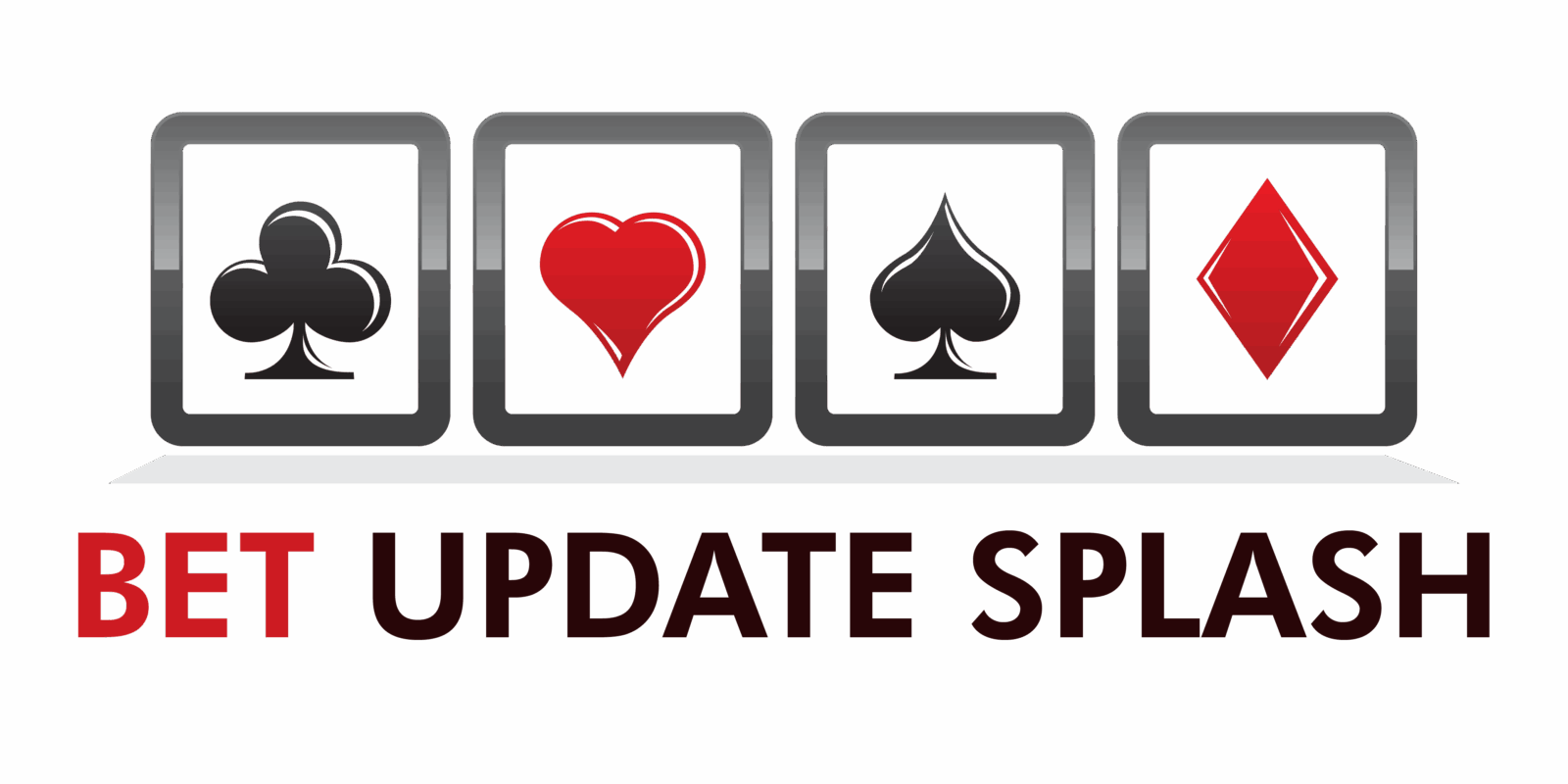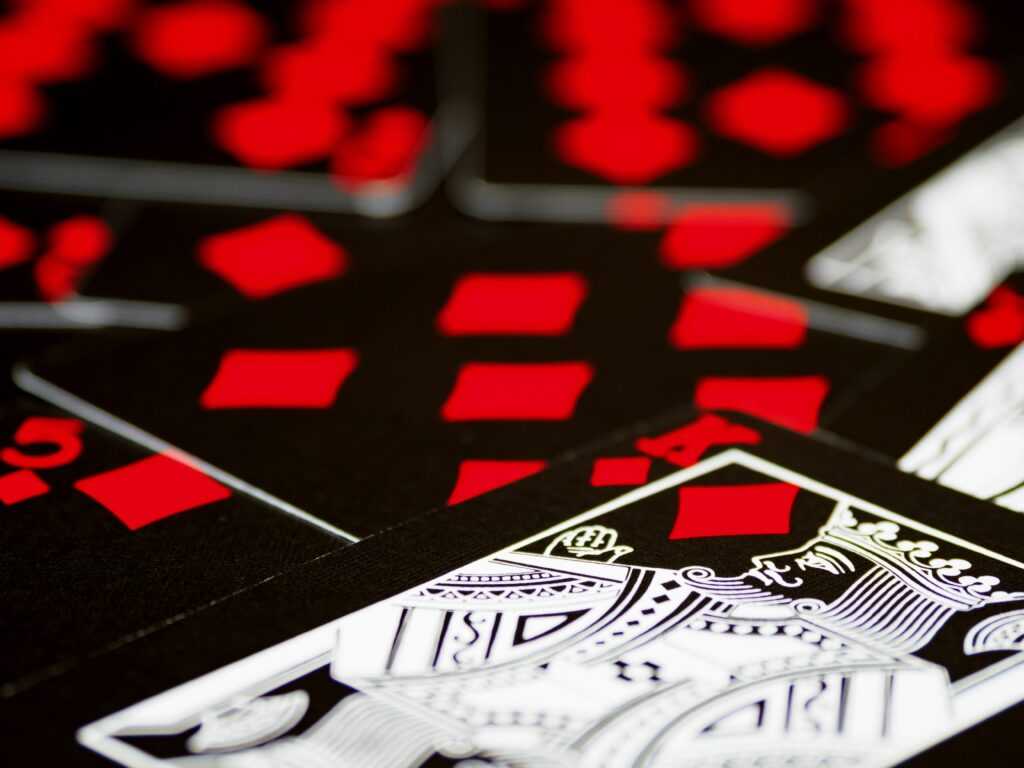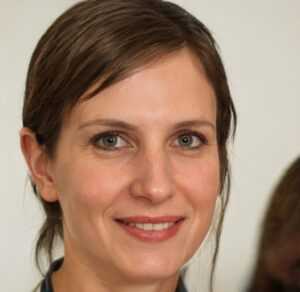Why Understanding Odds Matters
Odds aren’t just about how much money you could win. They’re a reflection of probability—someone’s best guess, backed by data, about how likely an outcome is. Whether you’re eyeing a point spread or a juicy underdog moneyline, knowing how to interpret odds is the foundation of every smart wager.
Implied probability is the hidden number behind the odds. It tells you what the market says the chances are. If you don’t understand that, you’re playing blind. Think of it like this: if you bet on a team because the payout looks sexy—without realizing the odds suggest they only have a 15% shot—you’re setting yourself up to bleed money slowly.
Misreading odds doesn’t just mean misjudging risk—it means missing opportunities where the market is wrong. Value lives in those gaps. If the odds say an event is unlikely, but your analysis says otherwise, you may have found your edge.
Bottom line: The best bettors don’t just bet to win. They bet when the odds are wrong. That starts with understanding what those numbers really mean.
Types of Betting Odds (and What They Really Mean)
Decimal Odds (Used in Europe, Canada, Australia)
Decimal odds are the most straightforward to read. The number you see is the total return for every unit you bet—stake included. So if you see odds of 2.50, that means for every $1 wagered, you get $2.50 back if you win. A $10 bet would return $25 (that’s $10 stake + $15 profit).
To find the implied probability, just flip the decimal: implied probability = 1 / decimal odds. Using the same 2.50 example: 1 / 2.50 = 0.40, or a 40% implied chance of that outcome happening. The lower the decimal, the higher the probability the market is assigning.
Fractional Odds (Popular in the UK)
These odds look like a math problem—5/1, 7/2, 10/11—but once you get the hang of it, they’re dead simple. The numerator (top number) is what you win, and the denominator (bottom number) is what you stake. So 5/1 means you win $5 for every $1 bet. A $10 bet brings in $50 in profit, plus your $10 back.
To work out implied probability from fractional odds: Probability (%) = denominator / (denominator + numerator) × 100. So 5/1 becomes 1 / (5 + 1) = 0.1667 → roughly 16.7% chance.
Moneyline Odds (Standard in the U.S.)
Moneyline odds revolve around either a minus or plus sign. A negative number means the team is favored. For example, -150 means you need to wager $150 to win $100. The lower the negative number, the heavier the favorite.
A plus sign means underdog. +200 means you win $200 for every $100 wagered. Bigger numbers = higher risk, and potentially bigger payoff.
To convert:
- Negative odds: implied probability = (|odds|) / (|odds| + 100)
- Positive odds: implied probability = 100 / (odds + 100)
So -150 = 150 / (150 + 100) = 60% implied chance. And +200 = 100 / (200 + 100) = 33.3% chance.
Moneyline’s real strength? Spotting mispriced games. Bookmakers can overvalue big-name teams or build in momentum-based bias. Sharp bettors watch those edges closely.
Finding Edges in the Numbers
The difference between a casual bet and a sharp move often lies in the details of the odds. Bookmakers aim to set odds that attract balanced action on both sides—but that doesn’t mean they’re always accurate. Learning how to compare odds and understand the hidden math behind them can reveal opportunities where the value tips in your favor.
Compare and Conquer: Spotting Inefficient Markets
Not all sportsbooks set the same odds. A single event can have varying numbers depending on who you ask, which creates opportunities—if you know where to look.
- Cross-check odds across multiple bookmakers regularly
- Look for discrepancies in pricing for the same outcome
- Set alerts for significant shifts or inconsistent lines
When you see one sportsbook offering better odds for the same bet, that could signal a mistake—or at least, a momentary edge you can exploit.
Implied Probability: Your Hidden Advantage
Every set of odds comes with an implied probability—that is, what the bookmakers believe are the true chances of an event occurring. Knowing how to reverse-engineer this is essential for smart betting.
- Formula for implied probability:
- Decimal odds: 1 / odds
- Fractional odds: denominator / (denominator + numerator)
- Moneyline odds:
- Positive: 100 / (odds + 100)
- Negative: odds / (odds + 100)
- Compare the implied probabilities to your own analysis or data models
- If your estimated probability is higher than the book’s implied probability, you’ve found value
When Odds Don’t Match Reality
Bookmakers aren’t psychics—they react to markets, data, and betting volume. Sometimes, odds shift for reasons unrelated to actual outcomes: player rumors, public bias, or heavy action from sharps.
Look for these red flags and opportunities:
- Sudden odds shifts that don’t align with news or events
- Underdogs priced too long based on recent performance
- Favorites whose odds reflect fame, not form
In short, when perception skews the numbers, there’s often a profitable opportunity tucked inside.
Mastering this mindset takes time, but sharpening your ability to evaluate odds on a deeper level is key to consistent long-term results. When numbers talk, smart bettors listen.
Line Movement and What It Signals
Understanding line movement is essential for decoding what a betting market truly thinks will happen. Odds don’t shift randomly — they respond to action, news, and market sentiment. Knowing how to read those shifts can help you spot value or avoid dangerous traps.
What Line Movement Is Really Telling You
When odds change before a game, it’s a sign that something has happened — or is expected to happen.
- Public betting action: A large number of bets on one side can force bookmakers to shift lines to balance liability.
- Injury news or roster changes: Late-breaking updates can cause sudden odd swings.
- Weather, match conditions, or unexpected variables: These all factor into adjusted projections.
The key is to identify which of these is causing the movement — and whether it’s noise or signal.
When Sharp Money Speaks
Not all money is created equal. “Sharp money” refers to bets placed by professional or highly informed bettors. The market often reacts more strongly to sharp action than volume from casual fans.
- Indicators of sharp money include:
- A betting line moves, but public betting percentages don’t match the shift.
- Odds tighten on one side despite lopsided public action (reverse line movement).
- Bookmakers respect sharp bettors and adjust accordingly, sometimes even before the public catches on.
How to Use Line Movement (Without Overreacting)
Being aware of line movement can give you a tactical edge — but only if you interpret it correctly.
Smart strategies include:
- Track early vs. late movement: Early line shifts often reflect initial market positions; late ones may signal critical information or sharp money.
- Compare lines across sportsbooks: Spot where value is lagging or out of sync.
- Don’t chase steam: A rapid odds move might tempt you to jump in, but by the time you act, the value could be gone.
Ultimately, line movement should inform your thinking—never dictate it. Combine it with context, research, and your overall betting strategy to stay ahead of the market.
Value Betting: The Smart Bettor’s Strategy
Value betting isn’t about backing the outcome most likely to win. It’s about betting when the odds underestimate the real chances of that outcome happening. That means finding situations where the implied probability—what the odds suggest—is off compared to what you believe will actually happen. When those odds are skewed, there’s value.
For example, if a team has a 50% actual chance to win, but the bookmaker offers odds that imply only a 40% chance, that’s a value opportunity. You’re getting more payout than the true risk justifies. Over time, these are the bets that produce long-term profit.
The trap most casual bettors fall into? Always picking the favorite. They think betting on “what’s likely” is safer. But bookmakers price those lines aggressively. Margins are tighter, and the odds often don’t leave room for profit—even when you’re right. It’s death by a thousand correct-but-unprofitable bets.
Spotting value comes down to comparing your own probability estimates with what the odds imply. If you think a fighter has a 30% chance of winning but he’s priced at +500 (which implies about a 17% chance), that’s a value play. You’ll lose more often—but profit over time.
Smart bettors don’t chase winners, they chase mispriced odds. That’s the game.
Tools to Strengthen Your Odds Game
It’s 2024—no excuse to bet blind. Whether you’re sizing up a value play or debating a tight spread, tools exist to help you skip the guesswork and lock into smarter decisions. Start with online odds converters and calculators. They’ll help you flip between moneyline, decimal, and fractional formats in seconds—and more importantly, show the implied probability behind each bet. If you don’t know what the odds really say, you’re already behind.
Odds comparison platforms are your next step. They scan multiple sportsbooks to show where a line is better or worse. Sometimes a 0.05 difference in odds is the edge others miss. Stack those over a season and you’re not just betting—you’re playing the market.
Serious bettors also track every wager. Not just wins and losses—but the why behind each one. Patterns surface: where you’re good, where risk turns into rash. It’s data, and yes, it compounds.
Last, predictive models. Even a simple spreadsheet-based forecast can keep your instincts in check. Gut feelings fade; trend lines don’t lie. You’re not guessing the future, you’re forecasting it based on what matters—stats, probabilities, and consistency over time.
For a deeper dive into how predictive analytics ties it all together, check out The Role of Predictive Analytics in Sports Betting.
Final Tips
Before placing any bet, know this: the house always bakes in a margin. It’s called the overround, and it’s how bookmakers make sure they profit regardless of the outcome. That means you’re not getting pure odds—you’re getting odds with a built-in tax. Smart bettors run the math and adjust their expectations accordingly. If you’re ignoring margin, you’re already playing catch-up.
Odds aren’t gospel, either. They reflect a mix of public sentiment, bookmaker adjustments, and sometimes, momentum—not facts. Form, injuries, tactical changes, even weather—they all matter. A team might be priced as the favorite, but without their key playmaker, those odds tell an incomplete story. It’s your job to dig deeper.
At the end of the day, betting isn’t about being right all the time—it’s about thinking in probabilities. There are no sure things. The sharpest bettors aren’t asking, “Will Team A win?” They’re asking, “Is Team A more likely to win than the odds suggest?” That mental shift—leaning into probability, not prediction—is where the edge starts.
Conclusion
Interpreting odds is the line between guessing and knowing. For casual bettors, odds might just look like a payout chart—but for those paying attention, they tell you how the market sees the game. Learn to read that language, and you’re already ahead.
With repetition, you start picking up patterns. You notice when a line doesn’t match what the data or your gut says. That’s where confidence starts. Not from wild swings or big parlays, but from understanding what the numbers represent and spotting when something’s off.
Like any skill that involves risk—trading, poker, even starting a business—there’s a learning curve. But once you’ve mastered the fundamentals, you don’t need perfect foresight. You just need your edge. The best bettors aren’t trying to be right every time. They’re making smarter calls over time.


 Jalric Selmorne, co-founder of BetUpdateSplash is known for his innovative approach to sports analytics and web technologies. His contributions focus on building seamless digital experiences and integrating advanced tools that make betting updates smarter and more accessible. Jalric’s forward-thinking mindset helps position the platform as a trusted tech-powered hub for bettors.
Jalric Selmorne, co-founder of BetUpdateSplash is known for his innovative approach to sports analytics and web technologies. His contributions focus on building seamless digital experiences and integrating advanced tools that make betting updates smarter and more accessible. Jalric’s forward-thinking mindset helps position the platform as a trusted tech-powered hub for bettors.

